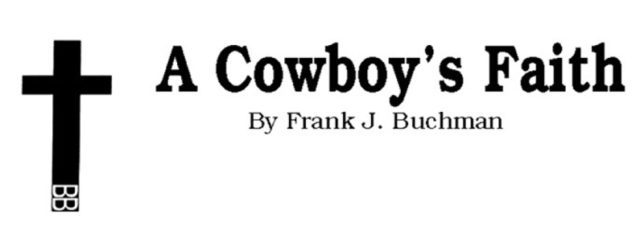“The Flint Hills native grassland could become a forest.”
Professor Clenton Owensby made that emphatic declaration on opening day of range management class in 1970.
It was preface to the semester course which highlighted proper care of the prairie for continued productive longevity.
The comment was made in sincerest honesty and concern by the renowned range specialist often times a bit tongue-in-cheek jovial.
Those mostly animal science students in the popular college class may have copied it in their spiral notebooks. Yet few gave much thought to the statement which has now truly become harsh most accurate reality.
Smoke filled skylines and accompanying distinct smell from recent annual spring grassland burning is reminder of management’s importance.
Burning native pastures has seemingly always been a highly controversial issue among landowners. Likely the majority feel controlled rangeland burns whether every year or in certain rotation is essential.
Numbers seem fewer than five decades ago, yet there is still a percentage dead set against burning pastures. Obviously if they own the land and pay its taxes, that is their prerogative.
Yet no arguing or debate whatsoever, negative result is in the grasslands compared to the first half of last century. Certain lush productive pastures which had hardly a tree in sight are now forests.
It doesn’t all have to do with burning pastureland to reduce brush, but without control those invasive species take over.
To keep Flint Hills pasture free from unwanted plant life is a continuing ordeal with fire one efficient economical method. But additional practices are essential including much hand labor sawing, nipping, pulling and hoeing.
Another highly controversial grassland management tool is chemical application. That’s spraying stumps and other intruders with herbicides.
It is poison to kill the plants which is also hazardous to the entire environment including animal life. This too is a very concerning touchy subject to not get into at this point.
Claims are native range was free of brush for centuries as fires were started by lightning and other natural sources. That did a near perfect job until conservationists brought in windbreak trees which quickly outgrew initial intention.
Pros and cons can go on and on but fortunately pastures continue as efficient source for adding pounds of beef.
Reminded of Ezekiel 34:14: “They shall lie down and feed in rich pastures.”
+++ALLELUIA+++
XIV–17–4-26-2020
